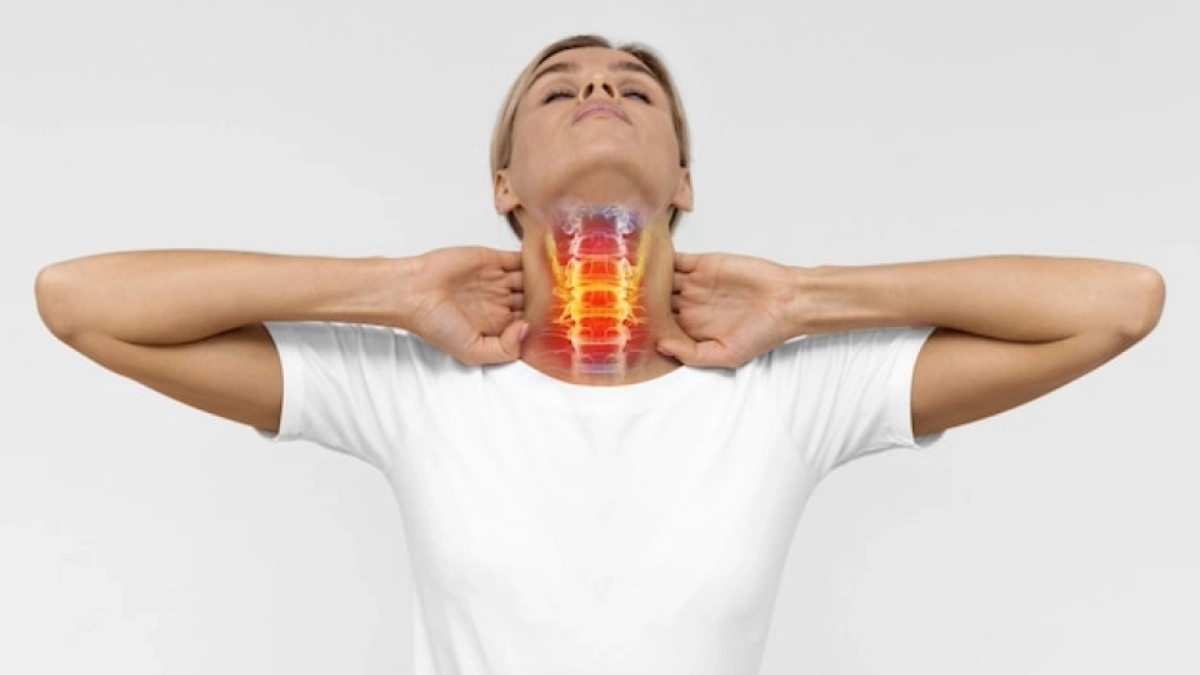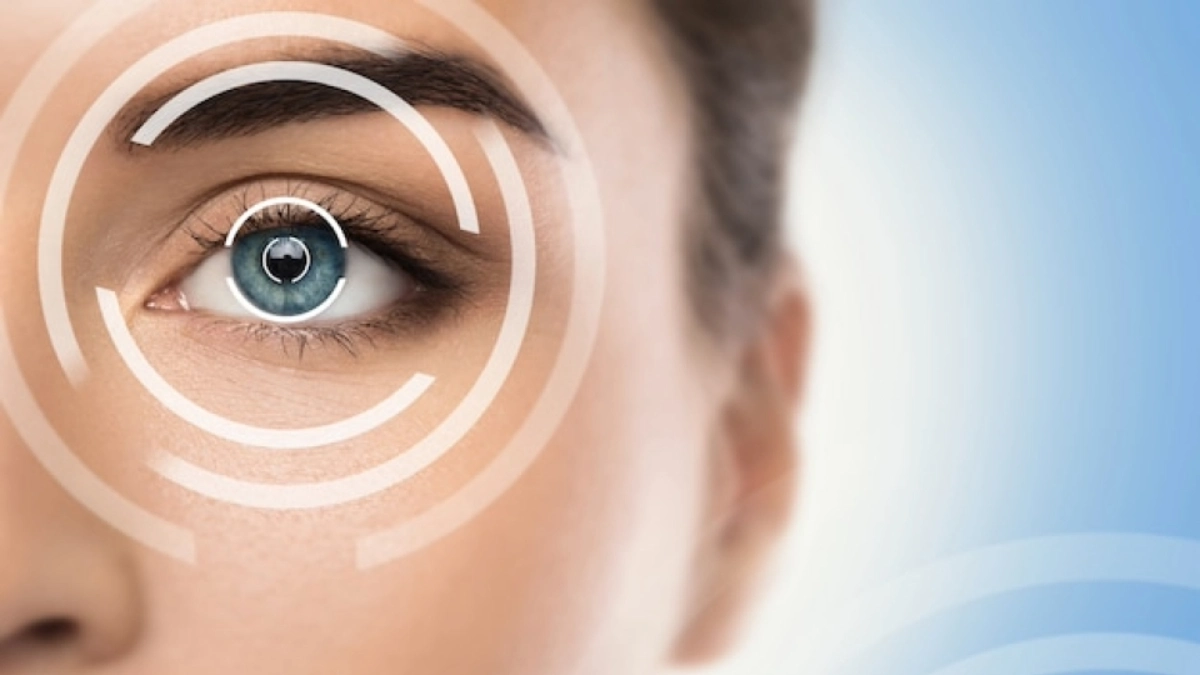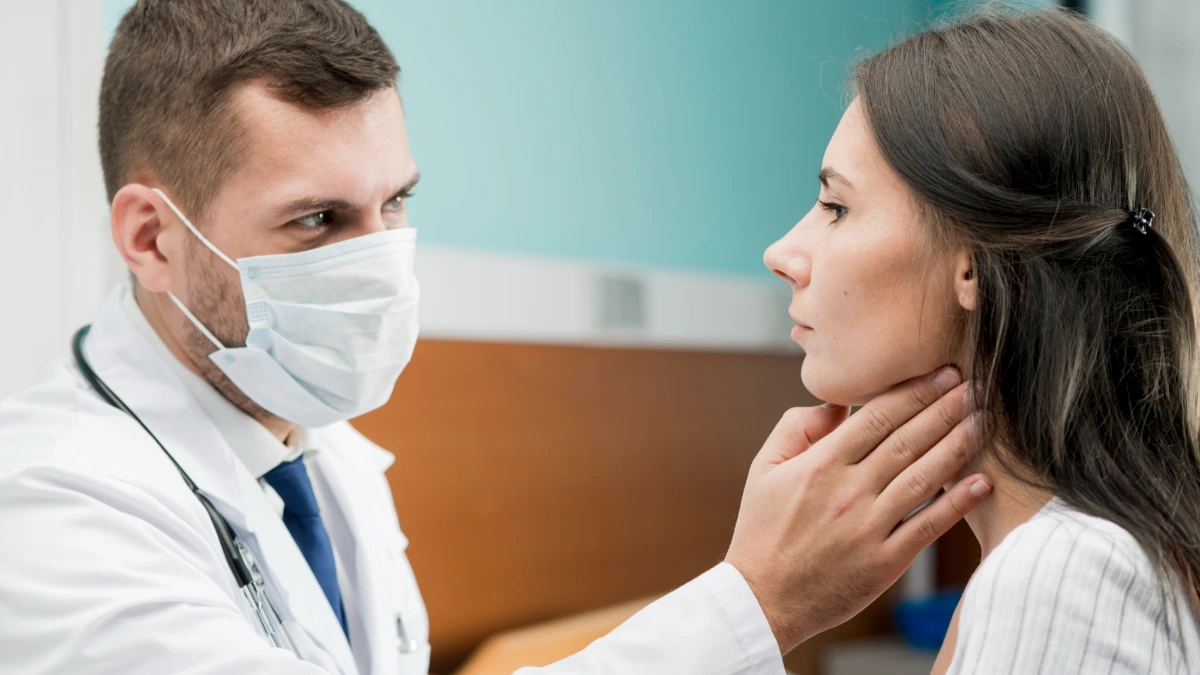
What Exactly Is Buccal Fat Removal?
Buccal fat removal is a suitable plastic surgery if you are seeking a slimmer facial contour and enhanced cheek definition. Performed under local anaesthetic, this procedure involves the surgical removal of the buccal fat pads, which are beneath the cheekbones of each cheek and naturally function to cushion and facilitate the muscles responsible for chewing.
The buccal fat pad is removed during surgery after an incision is made within the cheeks. Then the wound is stitched up with dissolvable sutures. Buccal fat removal can significantly thin the cheeks, define facial angles, and can be combined with other plastic surgeries such as facelifts, rhinoplasty, chin implants, lip augmentation, or Botox injections.
Who Is Suitable for Buccal Fat Removal?
Buccal fat removal is best suited for individuals seeking to reduce what they perceive as excessive fullness or a ‘chubby’ look in their cheeks, looking for more defined cheekbones and a slimmer mid-face.
Ideal candidates for this procedure are adults in their mid-20s to 40s who are in good overall health. Also suitable for individuals who are at a stable weight, have realistic expectations about the procedure’s outcomes and do not smoke. However, the procedure may not be recommended for those with naturally narrow or gaunt faces, individuals over a certain age due to the natural fat loss occurring from ageing, or patients with progressive hemifacial atrophy.
Buccal fat removal should be performed by a qualified plastic surgeon following a thorough consultation. The consultation should establish the patient’s suitability based on their reasons for wanting the procedure and their desired outcomes.
Furthermore, quitting smoking is advised for a better healing process.
How Is It Performed?
Buccal fat removal surgery is designed to slim the face and enhance cheek contours and is usually performed as a same-day procedure. 20 to 45 minutes are needed for the treatment. It is performed under local anaesthesia and can be done alone or in conjunction with other cosmetic operations like rhinoplasty. However, general anaesthesia is applied if multiple procedures are being conducted, which would require the patient to arrange for transportation afterwards.
During the procedure, the surgeon initiates with a local anaesthetic to numb the face, then proceeds with a small 2-4 cm incision inside the mouth, near the back molar, exposing the buccal fat pads. The outer cheek is pressed to allow the adequate projection of the buccal fat through the incision, which is then removed with surgical forceps.
The extent of buccal fat removal could vary, ranging from a portion to the entire buccal fat pad, depending on the desired results. Conclusively, the incisions are closed with dissolvable sutures, ensuring no visible scar and a fast recovery.
Recovery After Buccal Fat Removal
After a buccal fat removal or cheek contouring procedure, your surgeon will provide you with specific care instructions for your incisions. To boost healing and prevent infection, you might be given a special mouthwash and advised to follow a liquid diet for the initial few days, gradually incorporating soft foods as permitted.
Some postoperative effects are possible like swelling, bruising, and numbness, but these should progressively diminish over the healing period, usually about three weeks. Recovery requires certain guidelines like limited intense activities for at least two weeks and avoidance of large or chewy foods. The final results aren’t instantaneously visible as the swelling could replace the removed buccal fat in the short term. You can expect to see your cheeks becoming thinner and more defined, typically between four weeks to 12 weeks post-surgery, as the swelling fully settles. The incisions, usually closed with non-absorbable sutures, heal completely within about 7-10 days.
Postoperative appointments are critical for follow-ups and monitoring recovery progress. Despite the recovery process requiring time and patience, you can resume your regular activities after two weeks.
Possible Risks and Complications
Like any surgical procedure, buccal fat removal involves certain risks and potential complications, which your doctor will discuss with you. Common risks include:
-
Infection at the incision site
-
Injury to facial nerves or the salivary duct
-
Numbness or sensation changes
- Facial asymmetry
The procedure itself is fairly straightforward, and the incisions made inside the mouth minimize visible scarring. However, bruising and swelling can occur, and you might also experience firmness inside the cheeks as scar tissue forms. Rare complications, such as hematoma or salivary duct injury may require additional treatment or surgery.
Other complications can include:
-
Excessive bleeding
-
Negative reactions to anaesthesia
-
Lockjaw
-
Seroma (fluid accumulation)
-
Deep vein thrombosis
-
Cardiac or pulmonary side effects
- Excess removal of fat
Unsatisfactory results, lead to the potential need for another surgery.
Are The Effects of Removing Buccal Fat Long-Lasting?
Yes. The results of buccal fat removal are permanent provided the patient does gain a large amount of weight. People who are able to maintain their weight over time have the best outcomes.
At Avicenna International Hospital, we are dedicated to helping you achieve your aesthetic goals with the utmost care and expertise. Our highly skilled team of surgeons utilizes the latest techniques to provide you with natural-looking results and enhanced facial contours. Contact us for additional details if you’re thinking about having this surgery. Our team is here to answer your questions and help you through the process.





